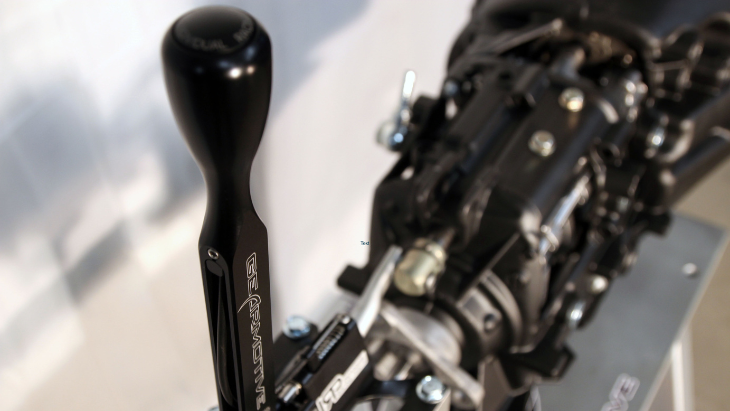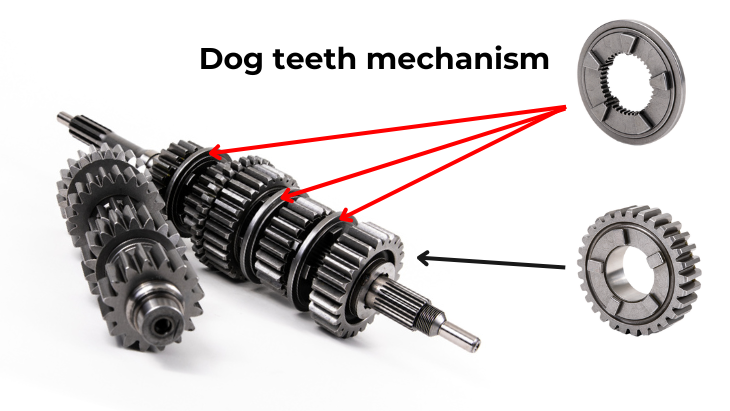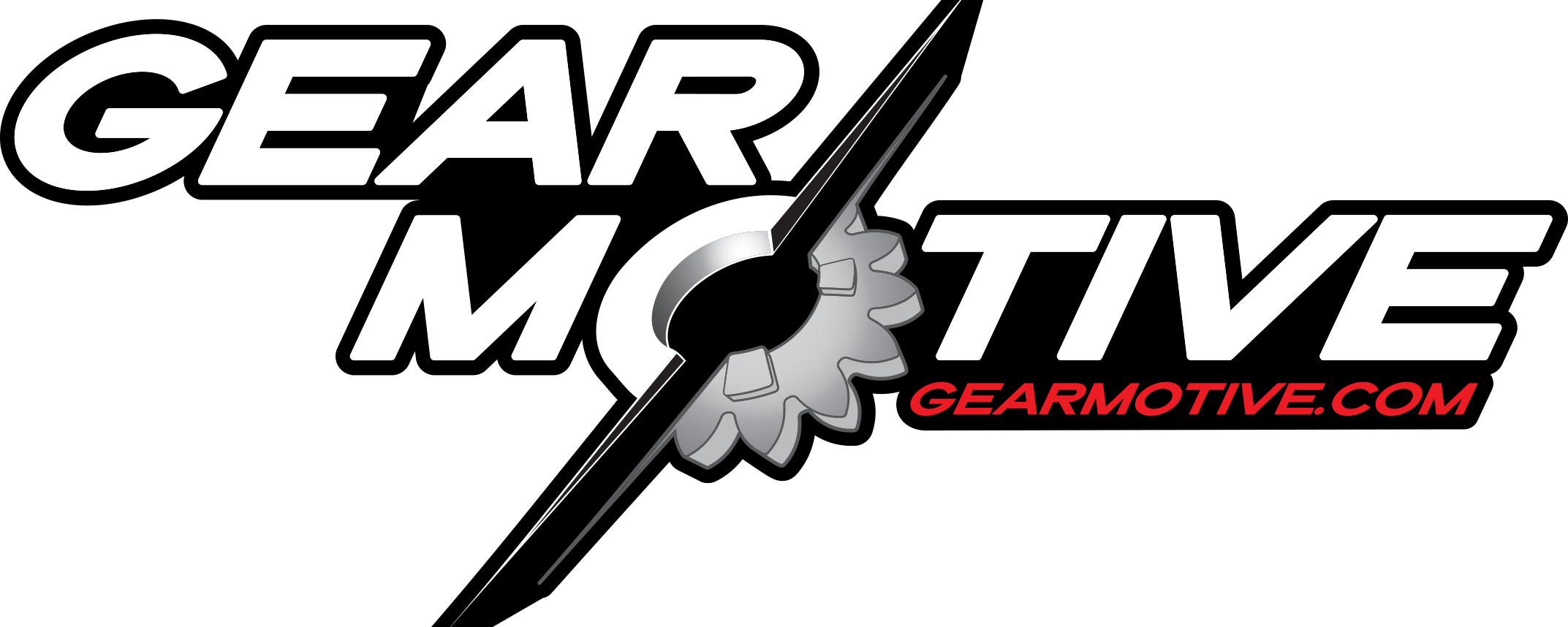Unmasking the Marvels about Dog Leg Gearbox and Gearbox dogs: Unleash the Speed and Precision
Delving into the intriguing world of automotive transmissions, we uncover the hidden gems often referred to as dog leg gearboxes. Correctly speaking this refers to an unconventional shift pattern, although it is sometimes confused with dog box transmissions with their unparalleled speed and precision. Although shift pattern alone doesn’t make a gearbox better than another, dog leg gearbox offers certain benefits when chasing the last hundreds of seconds from lap times.
In this comprehensive exploration, we will demystify what is a dogbox transmission and what makes it unique, and also elucidate why it is wrong to speak of a dog leg shifter, and why not to confuse dog leg gearbox with a dogbox transmission.

Cracking the Code of Dog Leg Shifter and Dog leg gearbox:
The dog leg shifter, as sometimes spoken of about Dog leg gearboxes, has nothing to do with the shifter at all. Dog leg gearboxes merely have a distinct gear pattern where 1st gear is positioned in the lower left from the neutral gear, which sets it apart from traditional H-pattern gearboxes. Dog leg gearbox can be a traditional synchromesh transmission or a dogbox transmission.
Term “dog leg shifter†hence has nothing to do with how the gears are engaged inside the gearbox, and basically any shifter can be a dog leg shifter. It is easy to get confused with all the terms when talking about infamous gearbox dogs.
However, this distinctive layout of gears can indeed enhance speed and efficiency, particularly in racing scenarios. The reason for this is the fact that second and third gear are in the middle of the diagram in a straight line. This solution, especially when used in a dogbox with an optimal gear ratios for selected sport, allows using the gearbox much like a sequential shifter – slamming gears by pushing or pulling the gear lever.

Historical Insights of dogleg gearboxes:
Dog leg gearboxes enjoyed their heyday in Europe during the 1980s and earlier, particularly within the realm of high-performance vehicles. However, as automotive standardization gained traction worldwide, the prevalence of dog leg gearboxes dwindled in production vehicles.
Iconic Cars with Dog leg Gearboxes:
Several iconic performance cars of yesteryears were graced with dog leg gearboxes, including:
- BMW M3 E30 (Powered by a 2.3L 4-cylinder engine)
- Lamborghini Countach (Sporting a 3.9L V12 engine)
- Aston Martin V12 Vantage S (Featuring a naturally aspirated V12 powerplant)
- Ford GT40 (Equipped with a V8 engine)
- Ferrari Testarossa (Boasting a 4.9L flat-12 engine)
Essential Distinctions: Dogbox gearbox vs. Synchromesh Gearbox:
So, what exactly is a dogbox transmission and what sets it apart from conventional gearboxes?
Dog tooth gearboxes, also known as dog box transmissions, represent an exclusive breed of manual transmissions, predominantly favored in motorsports and high-performance vehicles.

The pivotal difference between a dog tooth gearbox and a synchromesh gearbox lies in their gear engagement mechanisms. While synchromesh gearboxes rely on collars or cones to gradually match gear speeds via friction, dog leg gearboxes employ fewer yet more substantial “dog teeth” on the gears, ensuring swift and precise transitions between full engagement and disengagement.
Peering into the Advantages of Dogbox Gearboxes:
- Lightning-Fast Gear Changes: Dog teeth gearboxes are engineered for lightning-fast gear changes, making them a staple in motorsports where split-second shifts can make all the difference.
- Clutchless Shifting Mastery: A hallmark of dogbox gearboxes is their ability to facilitate clutchless shifting. Unlike traditional synchromesh gearboxes, they do not require a conventional clutch pedal. Instead, a momentary reduction in engine torque is needed to disengage the dog teeth, achieved through techniques like fuel or ignition cut or a swift lift of the throttle.
- Consistent Power Delivery: The clutchless shifting capability ensures consistent power delivery during gear changes, eliminating lag and ensuring the engine retains its full torque output throughout the shift.
- Robust Durability: Dogbox gearboxes are built to withstand the rigors of racing, embodying durability and reliability under high-stress conditions.
Navigating the Challenges of Dogbox Gearboxes:
- Distinctive Auditory Signature: Dogbox gearboxes are known for their characteristic clunking noise during gear shifts and distinctive, “magical whine†sound when driving (Nothing that would actually make the dogbox unsuitable for street use though*).
- Limited Availability: in contemporary times, dog engagement gearboxes have never gained popularity within production vehicles and are nowadays produced solely by aftermarket manufacturers, such as Gearmotive.
*The dogbox gearboxes manufactured by Gearmotive have found their way into many street applications as well, as it uses straight 5th gear which eliminates most of the whine when driving highway speeds. Straight fifth gear also eliminates most power losses, as the power goes through the gearbox, offering a nice boost to the available top speed.
